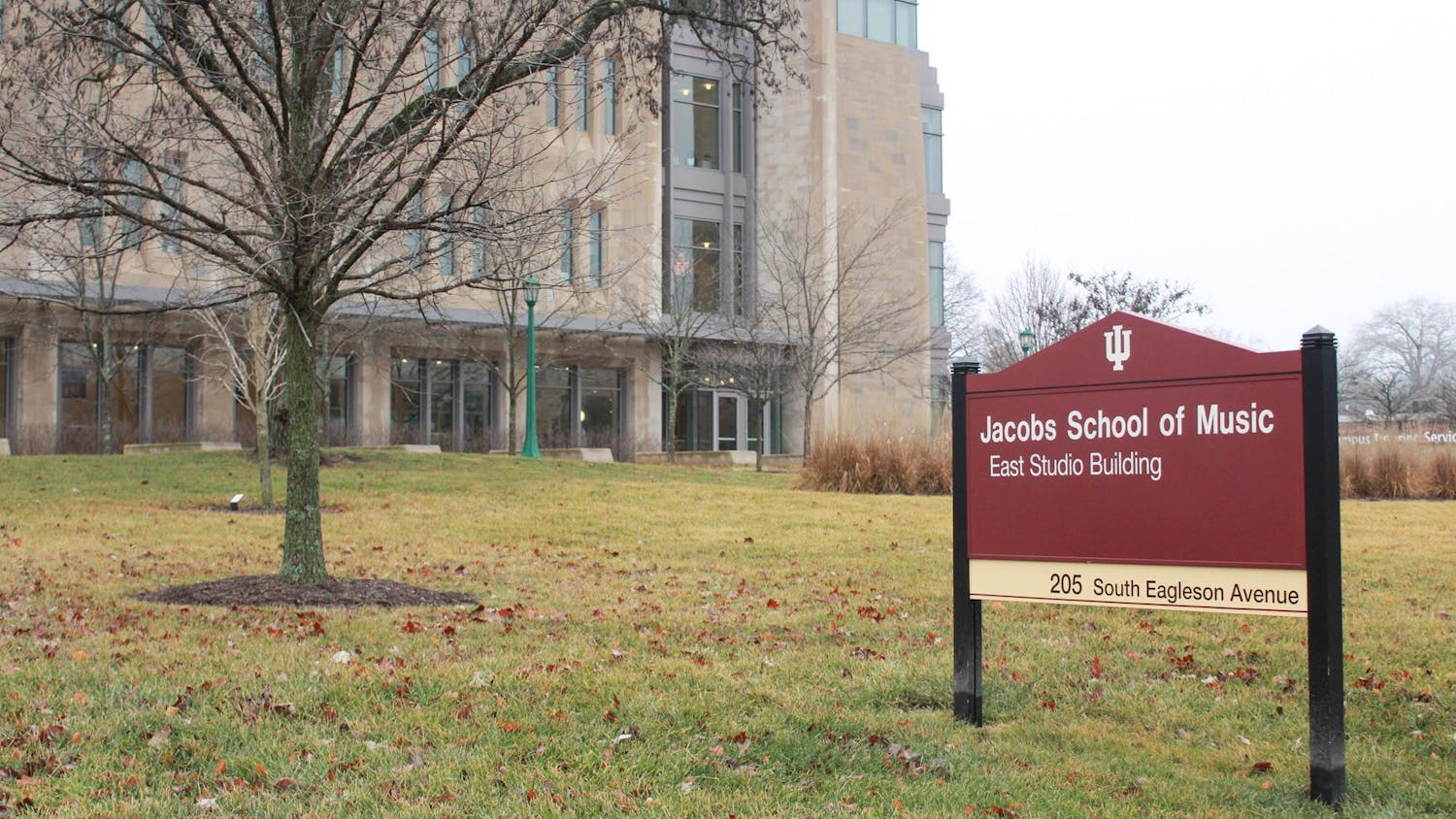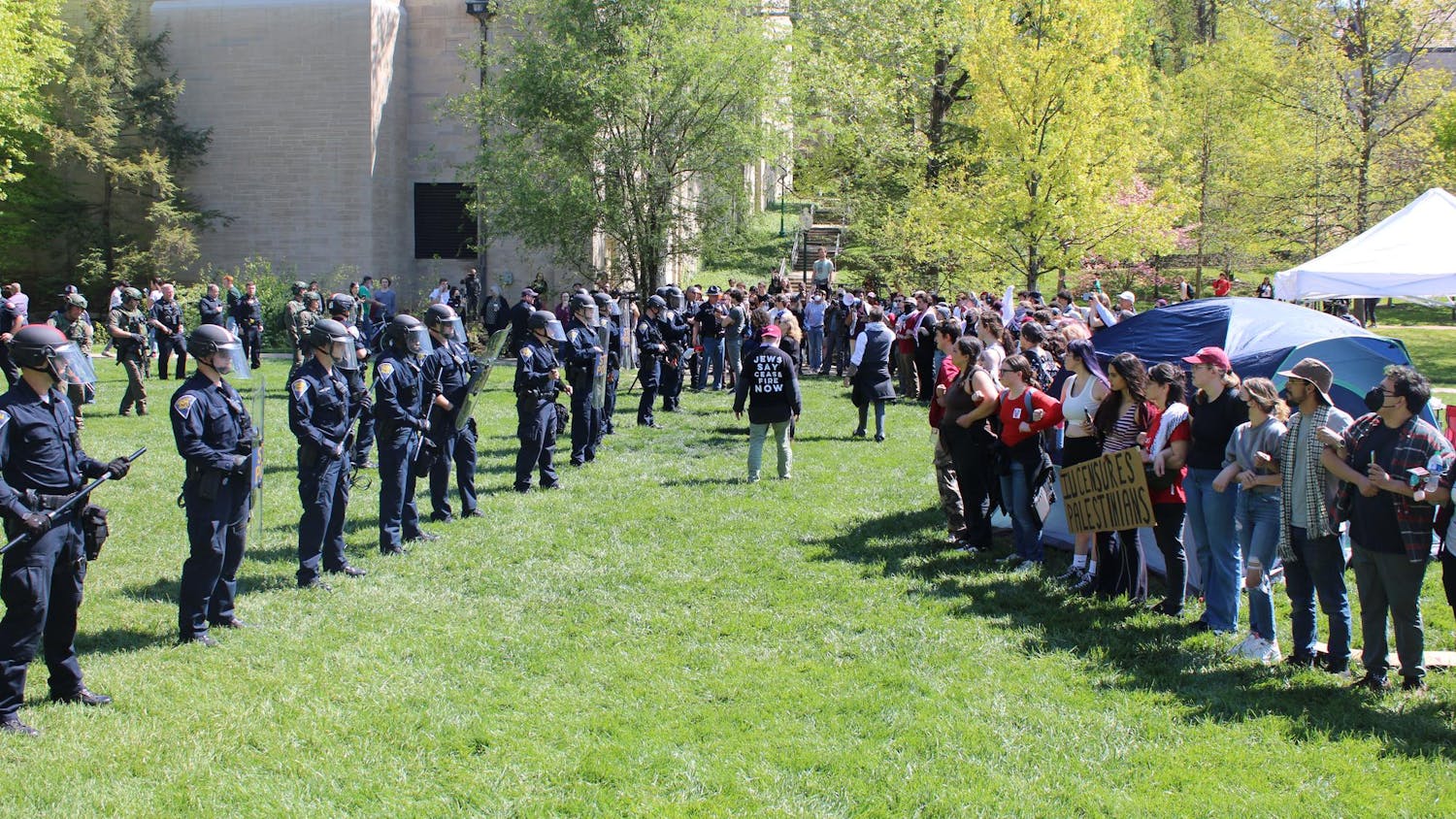When a person is under stress, muscles\ntense up and breathing becomes shallow and rapid. Studies have found that one of the best methods to deal with this stress and its accompanying problems is to breathe deeply and slowly. Most adults do not breathe as deeply as they should. But there are deep-breathing methods\nthat will lead to relaxation and a reduction in stress.\nFrom an evolutionary point of view, stress caused human muscles to tense and forced breathing to become rapid and shallow as prehistoric man fought, froze or fled. In tough situations, this high level of tension helped prepare the body for the performance it required. In the modern world, however, we are no longer running or fighting regularly. Modernity has thus hindered stress release (outside of sports or physical\nactivities) and caused the build-up of much higher levels of tension.\nToday, most adults breathe from the chest – called shallow\nbreathing – which brings in less air. Doing this takes in less oxygen with each breath and often forces blood to move through the system rapidly so that enough oxygen gets to our brain and organs. The result is high blood pressure.\nDeep breathing can reverse this and can counteract stress. Learning deep slow breathing techniques is a way to directly fight the natural breathing under\nstress.\nDeep breathing works by enabling us to push air in and out so that the areas under the chest go in and out. It is important\nto practice deep breathing daily, not only when facing stress, but also regularly when relaxed. Start by breathing through the nose counting to five silently saying “in.” Let the lower abdomen fill with air. Later count to five silently saying\n“out.” Allow air to escape through pursed lips. This deep breathing should be done for two minutes each time. You can do this sitting, standing or lying\ndown, so wear loose clothing\nthat is comfortable in any position.\nPracticing regularly – counting\nup to 10 or higher – and imagining scenes from nature or visions that you enjoy also improves relaxation techniques during breathing.\nThe effects of deep breathing will help you let go of tension, relieve headaches, backaches, stomachaches and sleeplessness.\nDeep breathing releases the body’s painkillers (endorphins) into the system, allowing blood pressure to return to normal and the heart to circulate blood more easily. It helps bottled-up emotions rise to the surface, improves emotional well-being,\nand is a super technique for stress relief.
Remember to breathe
Get stories like this in your inbox
Subscribe





